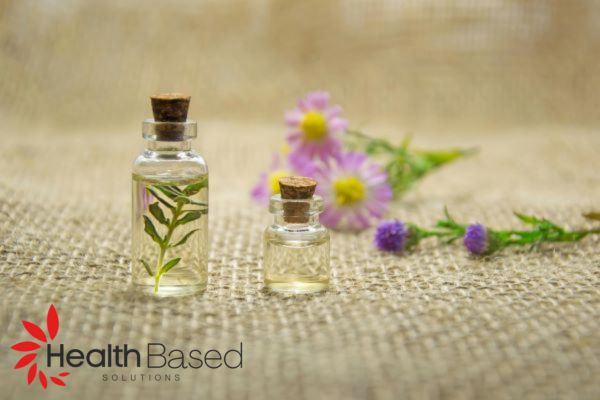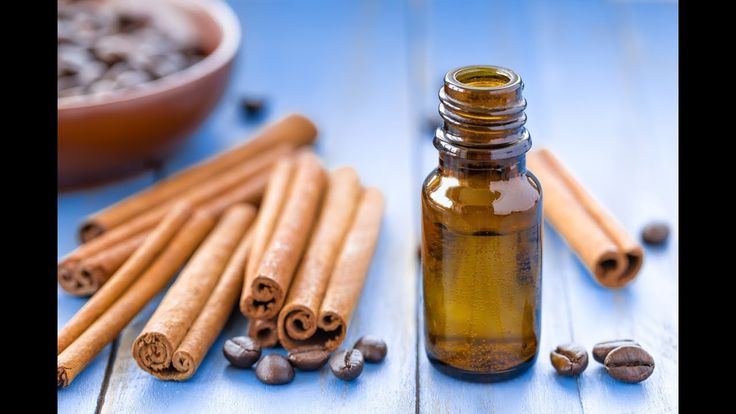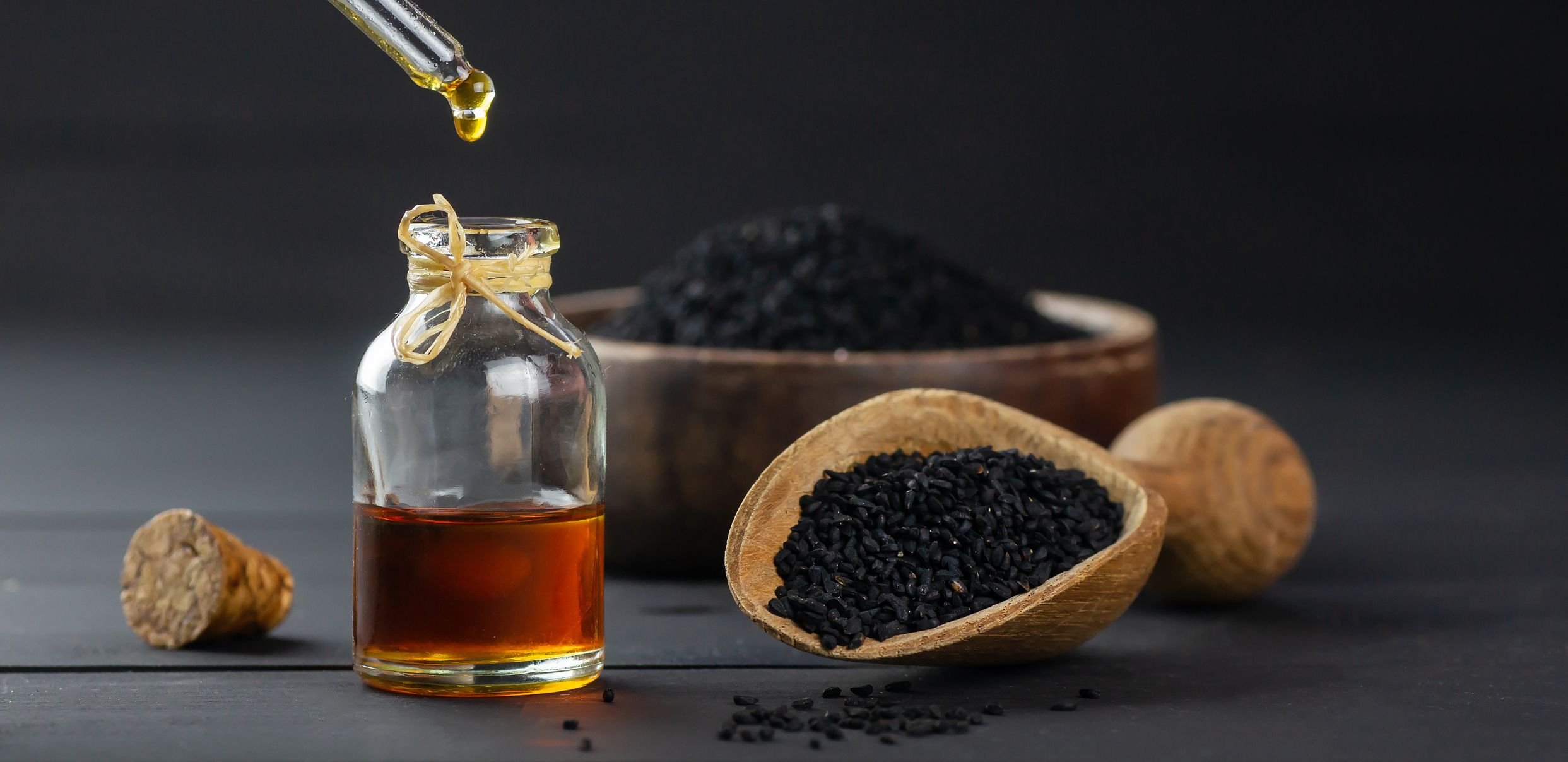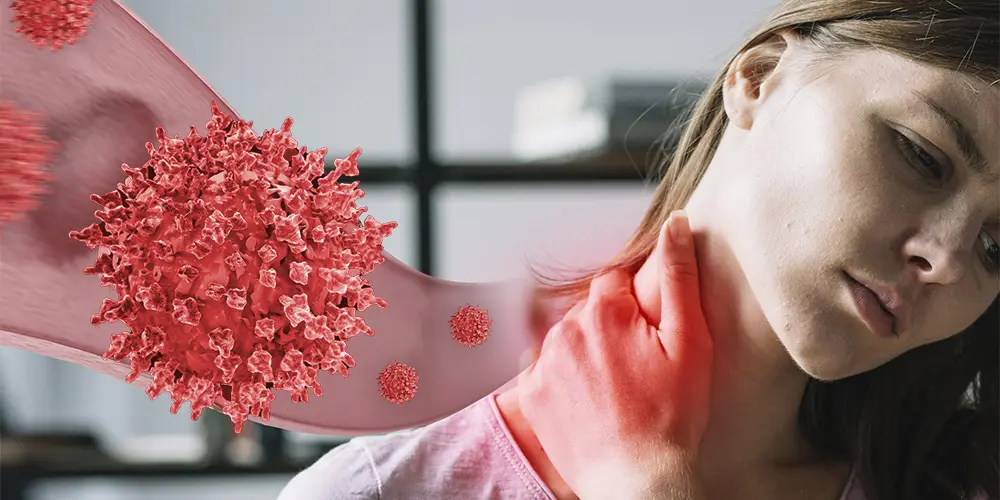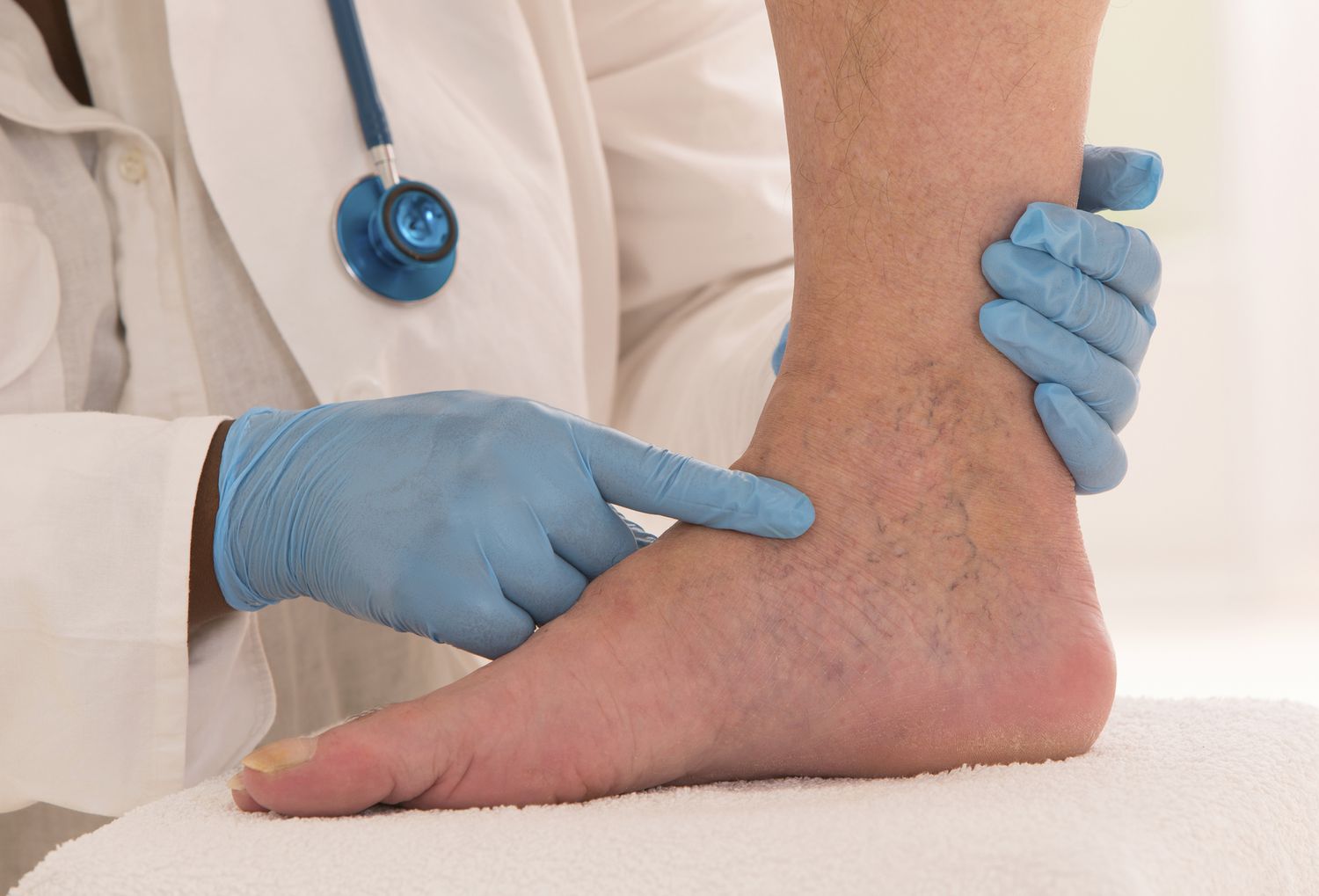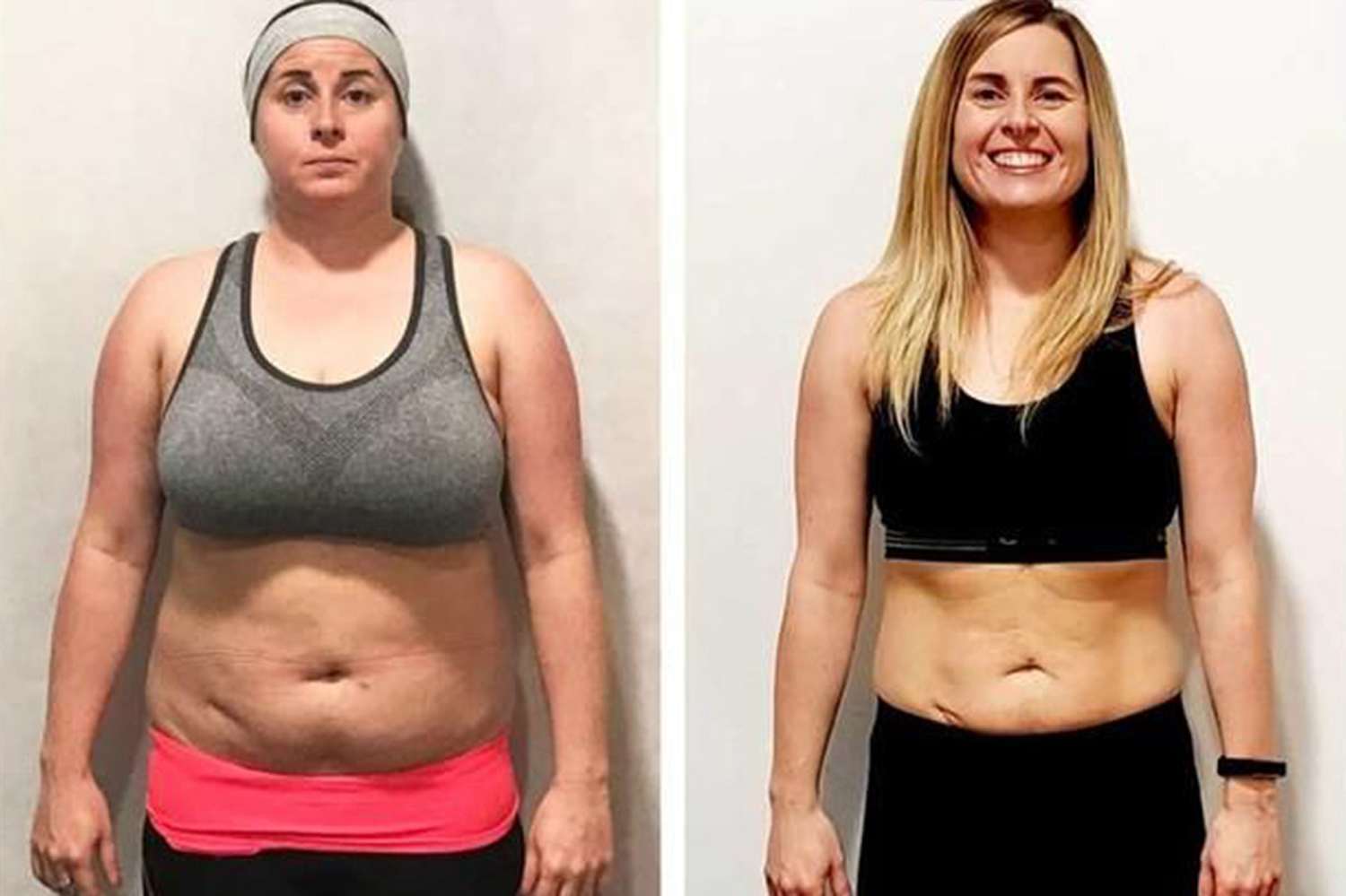What is low porosity hair?
Low porosity hair is kind of hair that has a tightly packed cuticle layer. This characteristic makes your hair tough for moisture and products to breach in it. Yes may find your hair healthy and shiny, on the other hand you also experience difficulty in managing without the proper hair care.
Why it is important to know about hair porosity?
Understanding your hair’s porosity is like having a roadmap for in effect hair care. It aids you choosing the right products and techniques to maintain your locks looking their best.
Characteristics of low porosity hair
- Difficulty absorbing moisture
Low porosity hair inhibits the water to go into your hair in this way it makes it difficult to enter the hair channel.
- Build-up of hair products
Because products sit on the surface, you may notice build-up, especially with heavy creams and oils.
- Struggle to chemical treatments
Due to the tight cuticle layer treatments like relaxing or coloring take extended time to process.
Causes of low porosity hair
Here we discuss the causes of porosity hair.
1.Environmental factors
Exposure to harsh weather and pollutants to your hair can aggravate low porosity characteristics.
2. Genetics
Second cause of porosity hair is your genetics means you have family history of this type of unique hair
3. Damage from improper hair care
Overuse of heat tools or improper product usage can worsen the hair’s ability to absorb moisture.
How to test for hair porosity
- The float test
This test is very simple and easy. Put your strand of clean hair in a bowl of water. You need to notice that if it floats on the surface of water, this indicates you have low porosity hair.
- The slip and slide test
Run your fingers along a strand. Smooth and resistant? That’s low porosity.
- Professional assessment
A stylist can evaluate your hair using professional-grade tools.
Common challenges faced by low porosity hair
- Dryness
Even with moisturizing products, the hair can feel dry due to poor absorption.
- Product build-up
Heavy products can load down your hair, it will lead your hair in greasy appearance.
- Frizz and lack of definition
Without maintaining hydration, low porosity hair can become dull and frizzy.
Best practices for low porosity hair care
Here we recommend you to some hair care practices you should follow if you have porosity hair. So keep reading and stay connected with us as we have many more you are expecting.
1.Cleansing routine
Opt for clarifying shampoos to remove build-up. Always avoid the shampoos that hold harsh sulfates as it can shred your hair.
2. Conditioning practices
Use insubstantial conditioners and apply heat to expose the cuticle for good absorption.
3. Moisturizing practices
Always pick humectants like aloe vera and glycerin to pull moisture into your hair.
4. Styling tips
Try to make shielding hair styles and bound the use of hot tools to avoid further damage.
Products to use for low porosity hair
Now it’s time to answer your further question, that what types of products I should use. So keep reading we have further suggestions about home remedies also.
1. Sulfate-free shampoos
Gentle cleansing is essential to prevent stripping natural oils.
2. Lightweight oils and leave-ins
Look for oils like argan or grapeseed that won’t weigh hair down.
3. Protein-free products
You must listen from your hairstylist that protein treatment will sooth your hair but don’t listen them as too much protein can lead your hair inflexible and brittle.
Natural remedies
If you are not willing to use certain harsh chemicals based products, or struggling to buy these products. The simple idea is to follow home remedies.
1. Aloe vera
Aloe vera is a natural humectant that aids in hydrating your hair without immensity.
2. Apple cider vinegar rinse
Balances pH levels and removes product build-up.
3. Hot oil treatments
Warm oils help to penetrate the hair shaft and improve moisture retention.
Mistakes to avoid
Here we suggest you to avoid
1. Overusing heavy products
Certain heavy products can suffocate your hair eventyally lead to build-up.
2. Skipping clarifying treatments
This can lead to product overload and dull-looking hair.
3. Using the wrong temperature of water
Always use warm water to help open the cuticle during washing.
Lifestyle tips for healthy hair
You need to follow these lifestyle tips to maintain your porosity hair.
- Hydration
Drink plenty of water to maintain hydration within your hair.
- Balanced diet
Balanced diet is not only support your hair growth and strength as well as overall health.
- Protective practices against environmental damage
Always shield your hair by wearing a scarf or hat to prevent the damage from environment.
FAQs
Can low porosity hair change over time?
Yes, factors like environmental variations, aging, and chemical handlings can alter porosity.
Is low porosity hair healthier than other types?
Not necessarily; it requires specific care but is not inherently better or worse.
Can heat damage affect porosity?
Excessive heat use can open the cuticle, changing your hair’s porosity over time.
How often should I wash low porosity hair?
Once or twice a week is usually enough to avoid build-up while maintaining hydration.
Is co-washing beneficial for low porosity hair?
Co-washing can work if you use a lightweight conditioner and clarify occasionally
Conclusion
Concerned for low porosity hair can be a challenge, but with the accurate products, techniques, and lifestyle choices, you can keep your hair shiny, healthy, and convenient. Summon up, it’s all about learning what works best for your exceptional hair type.


